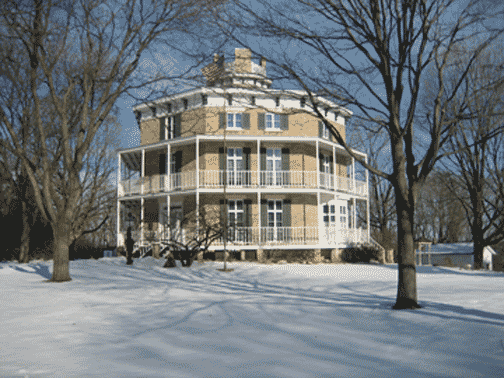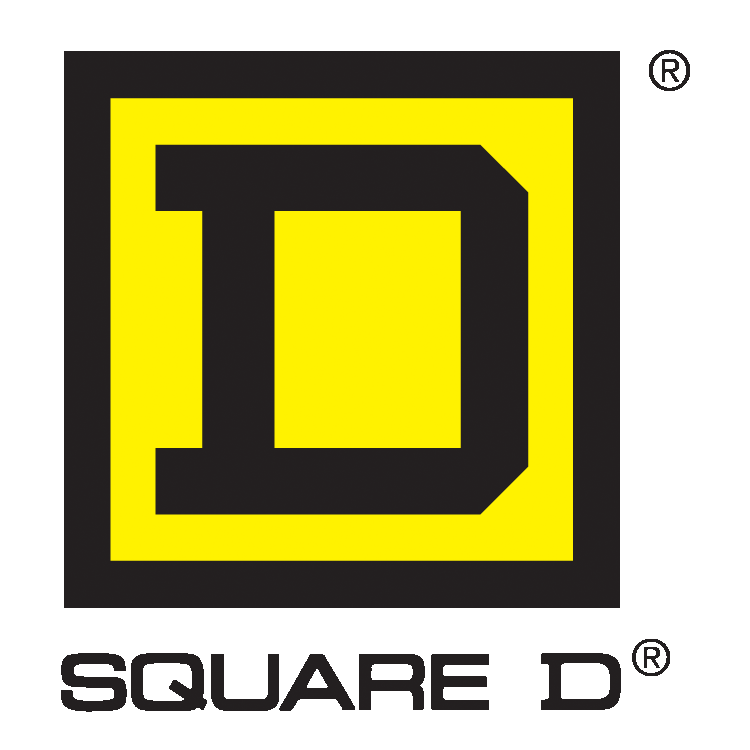Accepting this interest in the octagon developed is one thing. Two bigger leaps are that it inspired Grandfather Lynde to select a burial plot in an area of the cemetery that was octagon-shaped purposefully and for his grandsons to pick up on his affection for octagons and make the shape their trademark. A Forest Home representative said Lynde might have been more motivated by the slightly higher ground the 20 burial sites he purchased are on than the shape of the area as delineated on—and only visible on—a cemetery map.
It is a fascinating circumstance whether coincidental or deliberate. As striking is the esteem the brothers had for their grandpa which led them to be buried near him in plots he purchased originally, when they certainly could have afforded grander surroundings.
That Lynde and Harry are interred almost side by side with their wives is also extraordinary and bears witness to the closeness of a relationship that kept them together not only throughout their lives but also in death. According to Hutton, Dr. Stanton Allen—one of the namesakes of the company—is also buried at Forest Home.
Arguing against any special interest William Pitt Lynde had in octagons is the reality that his substantial headstone is not an octagon but instead is a simple stair-stepped stack of three rectangles. No octagon is carved into it either. Other markers near his—including Lynde’s and Harry’s—are small rectangular blocks. The octagon was of tremendous importance to them in life, but evidently they didn’t desire to take it to their graves.
Another possible influence Drinan presented was the 19th-century octagonal home movement that perhaps began with Thomas Jefferson. The main floors of Monticello, completed in 1809, are shaped like an elongated octagon; its signature Dome Room is a classic octagon. His less well-known retreat, Popular Forest, completed in 1812, is also a classic octagon.
Though never common, eight-sided structures have been built since antiquity, particularly in Holland where the form was often used for churches.
A leading popularizer of the shape in America was Orson Squire Fowler, who published A Home for All, or a New, Cheap, Convenient, and Superior Mode of Building in 1848 which promoted what he viewed as the many advantages of octagon-shaped houses. By trade, Fowler was not an architect or engineer but a phrenologist; that is, a practitioner of the now discredited analytic method that claimed bumps, fissures, and other features of an individual’s skull revealed traits such as intelligence.
In America, Fowler’s book launched what author Carl F. Schmidt summed up as The Octagon Fad in his 1958 book with that title. “The 1850s could be called the decade of octagons,” Schmidt wrote, “because it was during this ten-year period that most of the strange eight-sided buildings were erected.” Interestingly, and perhaps significantly, the octagonally shaped schoolhouse clock appeared about two decades earlier and began its march to widespread use in the 1850s.
Hutton thinks that another well-known trademark was on the Bradleys’ minds when they chose the octagon. Square D was a potential competitor that began operations at about the same time as Allen-Bradley, only in Detroit.
According to a Square D webpage that features a timeline of the company, a product the firm manufactured in 1915 carried an embossed square. In the center of the square was a capital D, which stood for Detroit. At the time, the firm was known as the Detroit Fuse and Manufacturing Company. By 1917, the timeline continues, “The safety switch becomes so popular that the company adopts Square D Company as its official name.”
With the square already in use by a growing concern that also focused on electricity, Hutton suspects, the Bradleys looked for similar, geometric simplicity and found the octagon. Circles, too, it should be pointed out, had been called into service years earlier by electricity pioneers, General Electric and Westinghouse, and used to enclose a significant letter or two in their trademarks.
The Bradleys went with the trend, found a shape that hadn’t yet been employed by a company focusing on electricity, and put the initials of the founders central, featuring letters in a manner that had already been established by Square D and others.
One more potential influence influence came to my attention while researching the history of tower clocks. Underscoring the marvel that is the Internet, I came across a site that presented information on the largest clocks in the world, Allen-Bradley’s four-sided tower clock among them.

Richards octagon house, Watertown,
Wisconsin, completed in 1854.
Photo by author.

Square D
Square D trademark.
Courtesy of Schneider Electric